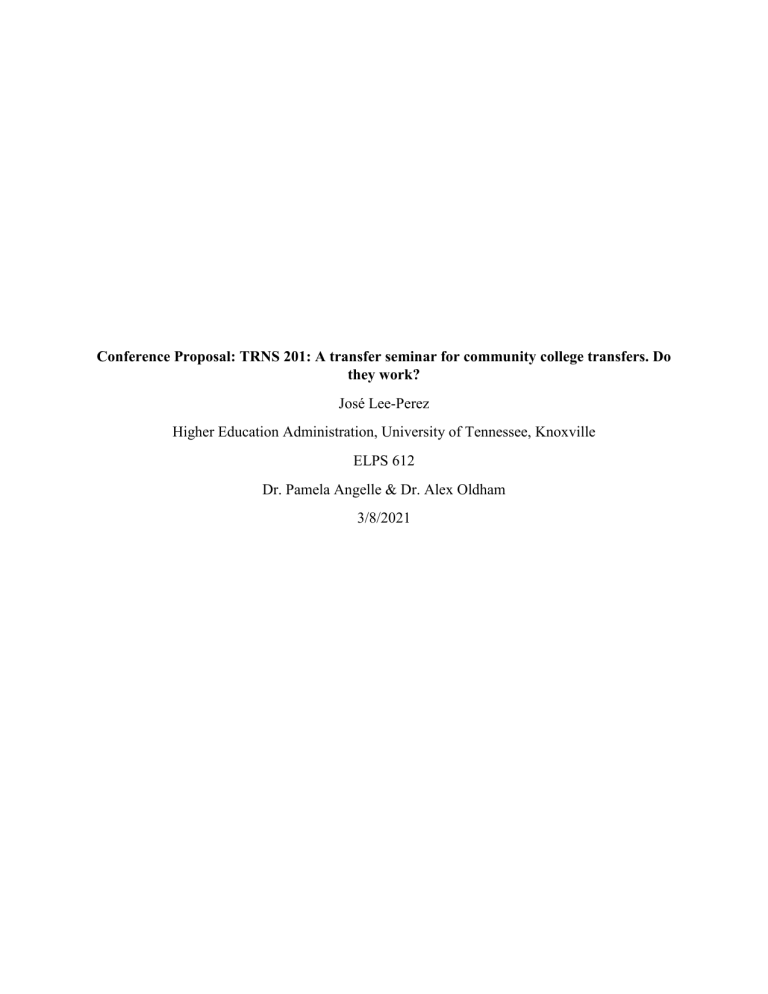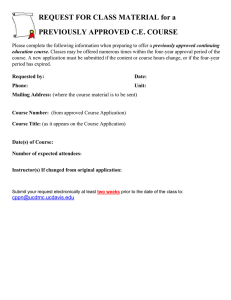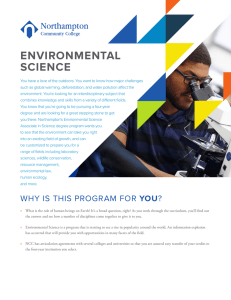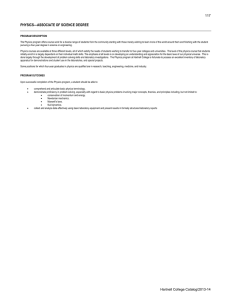
Conference Proposal: TRNS 201: A transfer seminar for community college transfers. Do they work? José Lee-Perez Higher Education Administration, University of Tennessee, Knoxville ELPS 612 Dr. Pamela Angelle & Dr. Alex Oldham 3/8/2021 Conference: National Conference on Students In Transition Note: Using First-Year Experience Conference proposal guidelines as they follow the same requirements. Students in Transition conference does not have their proposal requirements posted yet. Main Presenter: José Lee-Perez, Assistant Director, University of Tennessee, Knoxville 821 Volunteer Blvd. Greve Hall, Room 217 Knoxville, TN 37996 Presentation Title: TRNS 201: A transfer seminar for community college transfers. Do they work? Session Type: Assessed Institutional Initiatives Related Topics this presentation addresses: - HIPs in the States (High Impact Practices, including ePortfolios) General Education Abstract (100 words) High-Impact Practices (HIPs) as a framework for student engagement have supported initiatives that promote persistence and retention initiatives at college/universities. Holistically, transfer students are less likely to engage in co-curricular actives compared to their first-year counterparts. This presentation will discuss the importance of understanding who transfer students are and how a transfer seminar and culminating end-of-semester project (e-portfolio) can support the transition from community college to a four-year university for transfer students. Detailed Description: The transfer rate to a four-year institution has historically been low, and a previous study identified 15 percent of their sample of transfer students completed their degree within three years (Melguizo et al., 2011; Horn 2009). The American Association of Community Colleges (2012) identified barriers to transfer students bachelor’s degree attainment: transferring to a fouryear college or university and completing a degree at a four-year college or university. A large portion of retention and persistent studies that surround the transfer experience at four-year institutions has covered "transfer shock" and implications it has during the first semester, such as on grade point average (GPA) (Townsend & Wilson, 2006; Hill, 1965). Transfer students entering the University of Tennessee need to perform at a higher rate based on the number of credit hours they have already completed. Due to this, transfer students do not have the same amount of time as a first-time first-year student to navigate “transfer shock” and acclimate to a four-year research institution such as the University of Tennessee. For this reason, intentional support designed to introduce a student to campus, create opportunities for academic (faculty/staff) and social (students) integration, and develop a sense of belonging and community are essential. The priority is to increase enrollment and advocate for student success and persistence of our transfer students. To accomplish this, there must be continuous support throughout the transfer year as it pertains to academic performance and a sense of belonging to an educational program and campus community. Through a curriculum intentionally developed on the transfer student experience, we present how students benefited from engaging in TRNS 201 by evaluating GPA, retention, and a thematic review of experiences students expressed from participating in the course by embedding high impact practices into a course such as TRNS 201. Learning Outcomes (300 words) High-Impact Practices (HIPs) as a framework for student engagement have supported initiatives that promote persistence and retention initiatives at college/universities. Holistically, transfer students are less likely to engage in co-curricular actives compared to their first-year counterparts. This presentation will discuss practices included in an introductory seminar for transfer students from community college to a four-year university. This proposal will discuss the importance of understanding who transfer students are, using a transfer seminar and culminating end-of-semester project (e-portfolio) to support the transition from community college to a four-year university. Participants of this presentation will: - Recognize the distinctions between a first-year and transfer student - Evaluate factors that contribute to transfer student success - Review of a course curriculum focused on transfer student experience References American Association of Community Colleges (2012). American Association of Community Colleges 2012 Community College Fast Facts Hill, J. R. (1965). Transfer shock: The academic performance of the junior college transfer. Journal of Experimental Education, 33(3), 201–215. Horn, L. (2009). On track to complete? A taxonomy of beginning community college students and their outcomes 3 years after enrolling: 2003–04 through 2006. National Center for Education Statistics. Melguizo, T., & Dowd, A. C. (2009). Baccalaureate success of transfers and rising four-year college juniors. Teachers College Record, 111, 55–89. Townsend, B. K., & Wilson, K. B. (2006). The transfer mission: Tried and true, but troubled? New Directions for Community Colleges, 2006(136), 33–41. https://doi.org/10.1002/cc.257


